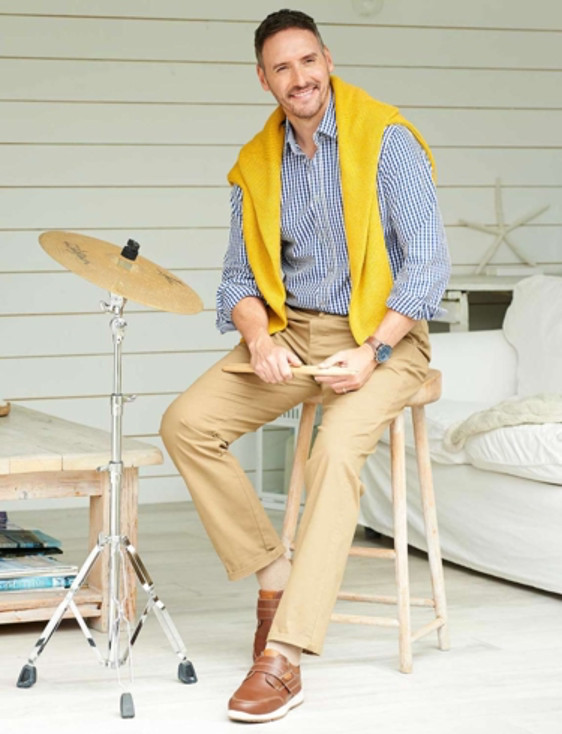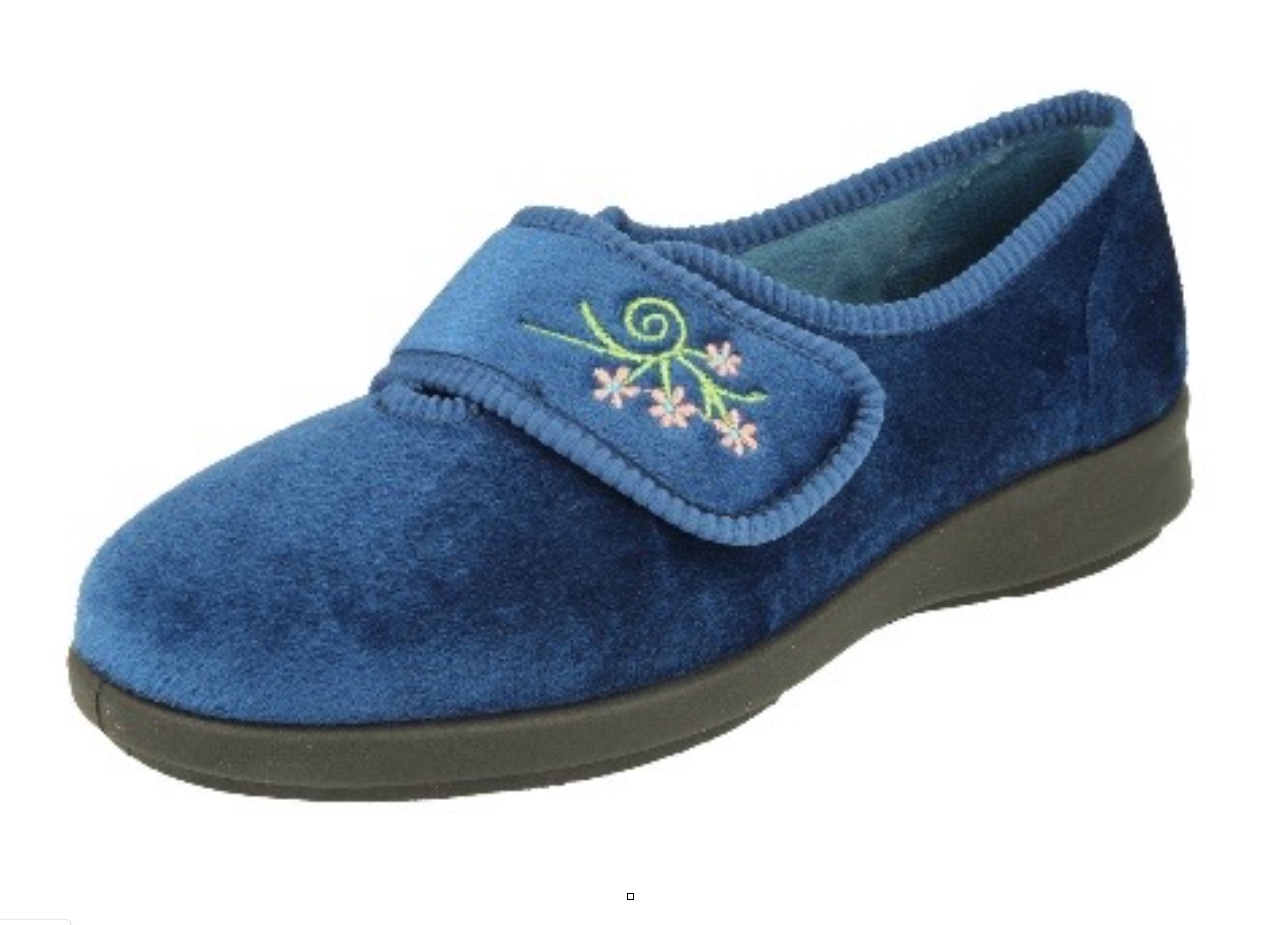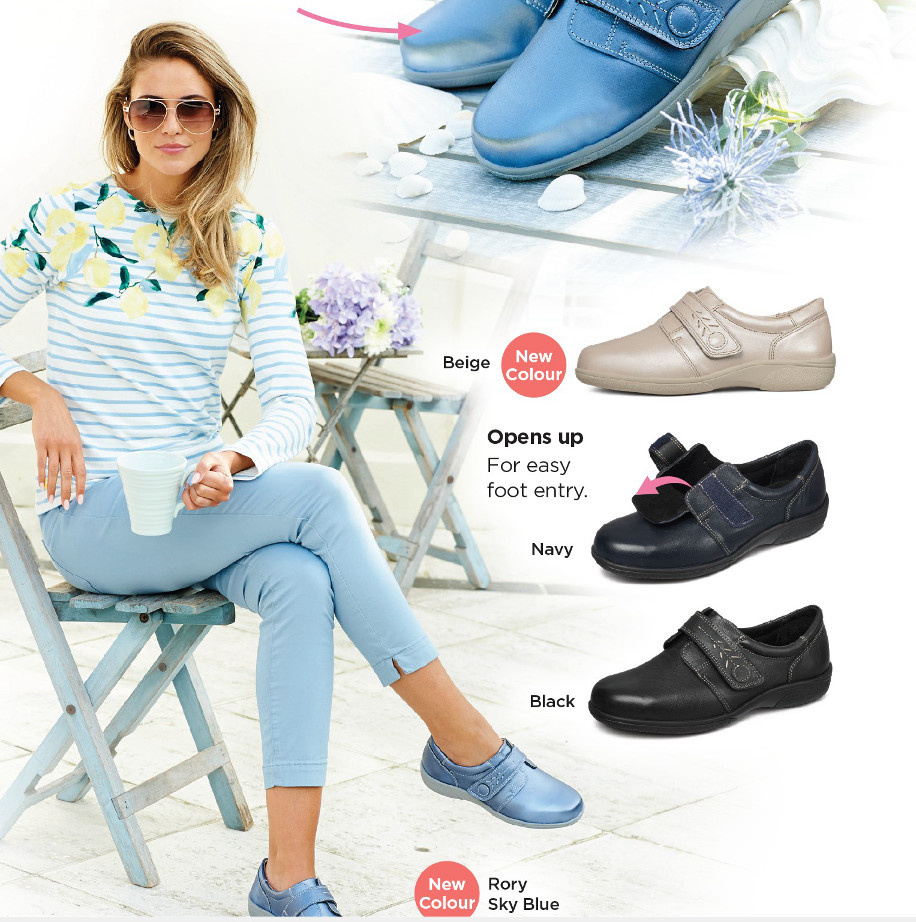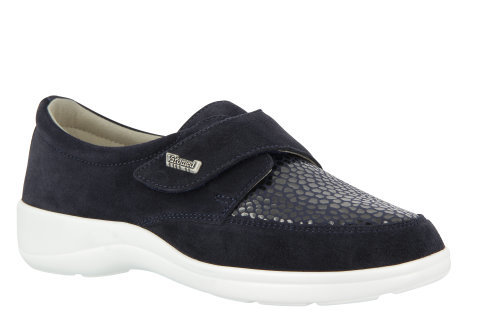To order or enquire:
To order or enquire:
Email comfoot92f@gmail.com or call 09 579 7575 (10am–4pm, Tues to Sat).
To place an order, simply email us with your request and delivery address.
We’ll confirm availability and send a payment invoice.
Please note: We’re unable to process credit cards at this time.
Need help with sizing? Use our fitting guides under the ‘Footwear Solutions’ menu (drop-down list by brand).
Our stock moves fast — sizes and styles may vary. Thanks for browsing!
Foot Health Overview
Comfort Supports Confidence, Mobility, and Enjoyment of Life.

Foot problems can be painful, frustrating, and sometimes even debilitating — affecting not only how you move, but your overall wellbeing. At Comfoot Footwear, we understand just how important it is to find the right footwear to support your specific needs.
This guide outlines some of the more common medical conditions that can impact the feet and offers insight into how the right shoes can help. Whether you’re dealing with swelling, sensitivity, poor circulation, or structural issues like bunions or flat feet, we aim to provide helpful, supportive options — without compromising on comfort or style.
Please note: This information is of a general nature and should not be taken as a diagnosis. All questions and concerns should be directed to your doctor, podiatrist, or other health advisor.
Jump to a condition:
- Arthritis
- Bunions & Hammer Toes
- Corns & Calluses
- Diabetes
- Falls Prevention
- Oedema & Lymphoedema
- Poor Circulation
- Swollen Feet
- Flat Feet
- Plantar Fasciitis
Arthritis
 Arthritis can affect the joints in the feet causing pain, including osteoarthritis and rheumatoid arthritis. For arthritis sufferers, the key consideration when choosing shoes is comfort. House shoes from Wider Fit Shoes may be the answer for you — they’re as soft as a slipper but as supportive as a shoe. So soft and comfortable, you might even forget you’re wearing them.
Arthritis can affect the joints in the feet causing pain, including osteoarthritis and rheumatoid arthritis. For arthritis sufferers, the key consideration when choosing shoes is comfort. House shoes from Wider Fit Shoes may be the answer for you — they’re as soft as a slipper but as supportive as a shoe. So soft and comfortable, you might even forget you’re wearing them.
If you have trouble finding the right style and fit, ask a qualified foot health shoe fitting professional for advice.
Osteoarthritis
Osteoarthritis often causes degeneration of cartilage and the formation of bony spurs at the base of the big toe. This can sometimes lead to bunions, making wider shoes necessary for comfort. High-heeled and pointed shoes should be avoided, as they place unnecessary pressure on the bunion area. Degeneration of the arch may be associated with spur formation on the top of the foot, which can press on nearby sensory nerves and cause a burning sensation in the foot and toes. When this discomfort occurs, it’s important to avoid tying shoes too tightly or wearing footwear that rubs or puts pressure on the spur. Choosing shoes with a roomy toe box, adjustable fastenings, and soft, flexible materials can help reduce pain and protect sensitive areas.
Rheumatoid Arthritis
 Rheumatoid arthritis causes inflammation of the joints at the ball of the foot, which loosens ligaments and can cause the bone to press against the skin underneath. This often leads to tender calluses and ulcerations that may even require surgical treatment. Additional deformities can cause abrasion on the tops of the toes.
Rheumatoid arthritis causes inflammation of the joints at the ball of the foot, which loosens ligaments and can cause the bone to press against the skin underneath. This often leads to tender calluses and ulcerations that may even require surgical treatment. Additional deformities can cause abrasion on the tops of the toes.
Wide-fitting shoes or those with deeper toe boxes can provide much-needed comfort for people with these conditions. Strap fastenings can also make it easier to secure the shoe. Wearing correctly fitting and comfortable footwear can offer significant relief and often improve foot function.
See More:
Bunions & Hammertoes
What are Bunions and Hammer Toes?
A bunion is a bony deformity at the base of the big toe that causes the joint to enlarge, forming a visible lump on the side of the foot. The big toe is pushed inward toward the other toes, changing the shape of the foot and often causing pain, swelling, or discomfort.
A hammer toe — sometimes called a contracted toe — is a deformity usually affecting the second, third, or fourth toe. It causes the toe to bend permanently at the middle joint, often taking on a bulbous or “hammer-like” appearance. Early-stage hammer toes are still flexible and may be corrected with simple interventions, but if left untreated, they can become rigid and may eventually require surgery.
Why do we get Bunions and Hammer Toes?
These conditions are often inherited, especially among people with very flexible joints or unstable feet — such as those with flat feet or high arches. Arthritis, diabetes, gout, and rheumatoid arthritis can also contribute to the development of bunions or hammer toes.
Wearing poorly fitting footwear is another major contributor. Shoes that are too narrow at the front can push the smaller toes into a bent position. Over time, this leads to friction, causing corns and calluses, and worsening the deformity. High heels exacerbate the issue by forcing the toes into tight, angled positions. Eventually, the toe muscles lose the ability to straighten even when barefoot.
How Can Well-Fitted Footwear Help?
One of the best ways to reduce the risk — or ease the discomfort — of bunions or hammer toes is to wear footwear that fits properly in both length and width, and that suits your specific foot condition.
Avoid pointy-toed styles or high heels that compress the toes. Look instead for shoes with a wide and deep toe box to allow the toes to spread and move freely. Soft leather or flexible materials that stretch are a smart choice. Also, consider adjustable fastenings like touch-fastening straps, and avoid restrictive closures such as metal buckles or tight straps.
See More:
- Shop Women’s Shoes Suitable for Bunions
- Shop Men’s Shoes Suitable for Bunions
- Shop Women’s Shoes Suitable for Hammer Toes
- Shop Men’s Shoes Suitable for Hammer Toes
Corns & Calluses
What Are Corns?
A corn is a build-up of hard skin near a bony area on a toe or between toes. Corns often result from pressure or rubbing caused by shoes that don’t fit properly or cause friction between toes.
To care for corns, after a bath or shower when your skin is soft, gently use a pumice stone or an emery board to smooth and remove the hard skin. Always move the pumice stone or emery board in one direction only. Cushioned or medicated pads can also help relieve pressure and assist in removing corns. If you’re unsure or the problem persists, consult a Podiatrist.
What Are Calluses?
A callus is a thicker build-up of hard skin, usually on the underside of the foot. Calluses develop from uneven weight distribution—commonly under the forefoot or heel—or from wearing improperly fitting shoes. Some callus formation on the soles is normal.
After bathing, use a pumice stone to gently remove excess skin. Cushioned pads and insoles can reduce pressure, and your doctor may prescribe treatments to soften stubborn calluses. For persistent issues, seek advice from a Podiatrist.
Preventing Corns and Calluses
Wearing correctly fitting shoes that are wide enough and do not rub your feet is key to preventing corns and calluses. Check your width fitting with our fitting guides.
Diabetes
What is Diabetes?
Diabetes is a lifelong condition that causes blood sugar levels to become too high. In the UK, over five million people live with diabetes — an all-time high — with around 850,000 cases still undiagnosed.[1] There are three main types of diabetes mellitus:
- Type 1 Diabetes: This occurs when the pancreas produces no insulin because the insulin-producing cells have been destroyed. It affects about 10% of adults with diabetes and requires daily insulin injections.
- Gestational Diabetes: Occurs during the second or third trimester of pregnancy when the body cannot produce enough insulin for its needs.
- Type 2 Diabetes: The most common form, usually affecting people over 40. It occurs when the body produces insufficient insulin or becomes resistant to insulin’s effects. It is mainly managed through lifestyle changes such as healthy eating, increased physical activity, and weight management.
How Does Diabetes Affect Your Feet?
People with diabetes have a higher risk of developing peripheral vascular disease (PVD), which reduces blood flow to the legs and feet. This compromised circulation can increase the chance of foot complications.
Neuropathy — damage to peripheral nerves — is another common diabetes complication. It can affect sensory, motor, or autonomic nerves, sometimes all three, leading to reduced sensation or control in the feet.
These issues can contribute to conditions such as arched feet, claw toes, and Charcot foot, which increase the risk of ulcers and infections.
How Can Wide-Fitting Footwear Help?
Properly fitting shoes are vital for people with diabetes. Ill-fitting shoes, whether too tight or too loose, can cause rubbing and chafing, which may lead to painful sores or ulcers and serious complications.
Our collection includes several styles designed with diabetic foot care in mind. These shoes feature smooth interiors, minimal seams, and wide and deep fittings to reduce pressure points and friction. With seam-free toe boxes and cushioned soles, they provide enhanced comfort and protection.
Wider Fit Shoes is committed to helping you find the perfect fit and most comfortable shoes to protect your foot health and reduce pain. For personalized advice, feel free to contact us or visit our store.
See More:
Falls Prevention
Safer Footwear for Greater Confidence
Falls are the leading cause of injury and injury-related deaths in people over the age of 65. Many of these falls occur in the home and are often linked to poorly fitting footwear — especially loose, unsupportive slippers.
According to UK research, over 24,000 people aged 65+ fall at home every year due to inappropriate footwear. But with the right support, many of these incidents could be prevented.
“Older people going barefoot, wearing only socks, or wearing slippers may be at considerably increased risk of falls in their homes. Therefore, they should wear shoes at home whenever possible to minimise their risk of falling.”
— Dr Marian T. Hannan, Institute for Aging Research
Wearing shoes indoors may not appeal to everyone — many prefer the comfort of slippers. Unfortunately, most slippers lack support, structure, and grip.
The Solution: Supportive House Shoes
At Comfoot Footwear, we offer house shoes that combine the softness of a slipper with the support of a shoe — designed to help reduce the risk of slips and trips in the home.
- Stable, slip-resistant soles suitable for indoor and outdoor wear
- Firm heel counters to cradle the foot and improve balance
- Touch-fastening straps for easy access and a secure fit
- Removable insoles for orthotic use
- Available in variable widths from 2V to 6V, for both men and women
They’re so comfortable, you might forget you’re wearing them — but you’ll appreciate the difference they make.
Oedema and Lymphoedema
Oedema (also spelled edema) is the medical term for fluid retention in the body. It leads to swelling in affected tissues, commonly in the lower legs, ankles, and feet — known as peripheral oedema. A related condition, lymphoedema, occurs when the lymphatic system is damaged or overloaded, causing fluid build-up between tissues.
Both conditions can make it difficult to find footwear that fits comfortably — particularly when swelling varies day to day.
What Causes Oedema and Lymphoedema?
Oedema can have many causes, including:
- Arthritis
- Diabetes
- Heart, kidney, or liver conditions
- Certain medications
- Varicose veins or blood clots
- Long periods of immobility
Lymphoedema may be:
- Primary, linked to inherited issues in the lymphatic system
- Secondary, following surgery, cancer treatment, or infection
Both conditions often involve swelling, stiff joints, and discomfort in the legs and feet — which makes properly fitted footwear essential.
Choosing Footwear for Oedema and Lymphoedema
Supportive, extra-wide footwear can greatly reduce discomfort and help maintain mobility. Here’s what to look for:
- Extra-wide and extra-deep fittings to accommodate swelling
- Stretchy uppers that adapt gently to the shape of your foot
- Seam-free designs to avoid irritation
- Soft-touch or touch-fastening straps for adjustability and ease of access
- Removable insoles for custom orthotic inserts
- Stable soles to support balance and mobility
Low-cut or narrow shoes are generally unsuitable for oedema, as they may cut in or restrict circulation.
At Comfoot Footwear, we stock a range of supportive shoes and house shoes designed to accommodate swollen feet and ankles — including styles in fittings up to 6V.
Please note: individual needs vary, and we recommend seeking advice from your healthcare provider or podiatrist. Our in-store fitting service is available to help you find the best fit.
Poor Circulation
Poor circulation occurs when blood flow is restricted or slowed, often affecting the extremities such as the hands and feet. While it can sometimes cause mild discomfort, in more serious cases it can impact mobility, delay wound healing, and affect overall well-being. The feet, in particular, are prone to circulation issues due to gravity causing blood to pool in the lower limbs.
Common Symptoms
- Cold or numb feet or hands
- Pale or bluish skin on legs or toes
- Hair loss on legs or feet
- Brittle toenails and dry, cracked skin
- Slow-healing wounds or sores
These signs may indicate that blood isn't circulating effectively to the extremities — something to discuss with your healthcare provider.
What Causes Poor Circulation?
Poor circulation may be linked to several underlying conditions and lifestyle factors:
- Atherosclerosis (plaque build-up in arteries)
- Diabetes
- Blood clots or inflammation of blood vessels
- Sedentary lifestyle or prolonged immobility
- Smoking and exposure to toxins
- Nutrient deficiencies
- Tight clothing that restricts blood flow, such as control-top hosiery
Regular movement and exercise help stimulate blood flow and keep the circulatory system healthy.
How Footwear Can Help
Shoes that are too tight — especially around the toes — can restrict blood flow, much like tying a string around your finger. Ill-fitting footwear not only reduces circulation but can cause blisters, pressure sores, and pain.
Choosing well-fitting, supportive footwear makes a difference:
- Wide and deep fittings allow toes to relax and spread naturally
- Soft, non-restrictive uppers prevent pressure on the top of the foot
- Good ankle support promotes balance and comfort
- Removable insoles accommodate custom orthotics if needed
Wearing properly fitted walking shoes — and supportive indoor shoes — can significantly improve comfort and help prevent circulation issues from worsening. If you have concerns about foot circulation, it’s best to consult your doctor or podiatrist, as it may signal underlying conditions such as diabetes or peripheral artery disease.
Swollen Feet
Swollen feet are a common concern and can result from a wide range of causes. In some cases, swelling is localised to the feet and ankles, while in others it may be a symptom of a broader health issue such as kidney or liver problems, heart conditions, or poor circulation.
Swelling is caused by a build-up of fluid in the tissues — known as fluid retention or oedema. It can be temporary, triggered by heat, prolonged standing, or dietary factors (such as high salt or carbohydrate intake). Some medications, including diuretics and laxatives, can also contribute to fluid retention. People often notice swelling more in summer due to warm temperatures and increased activity.
What Can You Do About Swollen Feet?
If you experience persistent swelling — especially if it’s accompanied by symptoms such as shortness of breath, rapid weight gain, or skin changes — it’s important to speak with your doctor. Swollen feet can reduce mobility and cause discomfort, so supportive and correctly fitting footwear can make a real difference to your daily comfort.
Why Choose Wider Fit Shoes?
Footwear designed specifically for swollen feet offers extra depth, width, and gentle support. At Comfoot Footwear, we offer a wide selection of shoes in generous width fittings — including EE, 4E, 6E, and 8E — as well as variable-fit options with adjustable fastenings. Many of our models are seam-free with deep toe boxes, soft uppers, padded ankle collars, and removable insoles.
We aim to provide comfortable, good-looking shoes that help people stay active and maintain their lifestyle — even when feet are swollen or sensitive.
See More:
Shop Women’s Shoes for Swollen Feet
Shop Men’s Shoes for Swollen Feet
Flat Feet
Flat feet — also known as fallen arches or over-pronation — are more common than many people realise. One study suggests that up to 30% of the population may have some degree of arch collapse.
Most people’s feet have a natural arch along the instep, which is what gives that familiar curved footprint in sand or on a damp surface. In people with flat feet, the arches have dropped or are absent, meaning the entire sole makes contact with the ground when standing.
While many people experience no symptoms, others may develop foot fatigue or pain. Flat feet can cause the feet to roll inwards (pronate), which may lead to discomfort in the ankles, knees, hips, or lower back due to misalignment.
What Shoes Are Best for Flat Feet?
At Comfoot Footwear, we specialise in supportive, wide-fitting shoes that cater to common foot concerns like flat feet. The right footwear can help improve stability, posture, and long-term comfort.
Look for these features in shoes for flat feet:
- Raised arch support to reduce strain through the midfoot
- Ample width and depth to accommodate natural spreading
- Structured soles and cushioned heels for shock absorption
- Adjustable fastenings (e.g. Velcro or laces) to keep the foot securely positioned
- Slightly raised heel to support alignment and reduce fatigue
These features help reduce over-pronation and keep your stride balanced and comfortable.
See More:
Wider Fitting Shoes for Women with Flat Feet
Wider Fitting Shoes for Men with Flat Feet
Plantar Fasciitis
Anyone who has suffered plantar fasciitis will know that it is not to be taken lightly, so the right footwear can be of paramount importance to making a full recovery.
Plantar fasciitis is a common condition that involves inflammation of the plantar fascia, which is a band of tissue along the bottom of the foot that connects the heel bone to the toes. This tissue supports the arch of the foot and absorbs shock when walking.
Plantar fasciitis generally causes a “stabbing pain” in the bottom of the foot near the heel. While some people may experience only mild pain or dull throbbing, for others it can be excruciating and debilitating.
Although the pain is often worst within the first steps of the day or after long periods of inactivity, such as sitting, it may settle during the day or with exercise. However, it can also be triggered by long periods of standing or time on your feet.
What are the best shoes for plantar fasciitis?
The right footwear is very important in avoiding or overcoming plantar fasciitis. To avoid undue stress on the tissue, your footwear should offer:
- Good support and stability
- Soft materials for cushioning and flexibility
- Plenty of room for toes to flex, enabling you to stretch the plantar fascia
- Adjustable fit for comfort
- Good arch support
- A flat sole with no high heels
See More:
Wider Fitting Shoes for Plantar Fasciitis (Women)
Wider Fitting Shoes for Plantar Fasciitis (Men)
If you would like advice tailored to your needs, please contact us on 09 579 7575 (see our opening hours at the top of this web page) or email us at
Disclaimer: This information is general and should not be taken as a diagnosis. All questions and concerns should be directed to your Doctor, Podiatrist, or other health advisor.
For local foot care providers in New Zealand, please consult the New Zealand Podiatrists Board website to find a registered podiatrist near you.
CUSTOMER SERVICE
ABOUT US
RELATED SITES
CONNECT WITH US
Welcome to Comfoot Footwear. Contact us and get ready to dive into the world of comfortable fashion footwear!
Phone: 09 579 7575
Website: www.comfoot.co.nz

